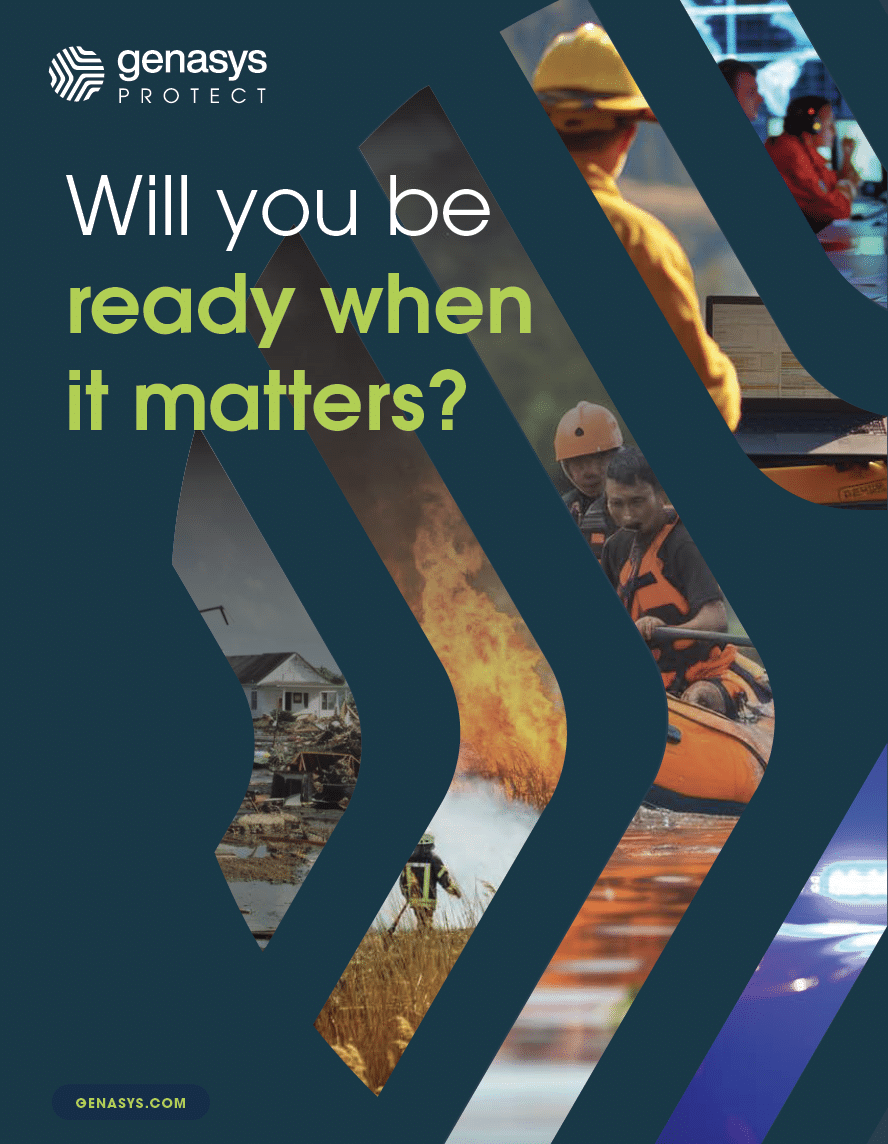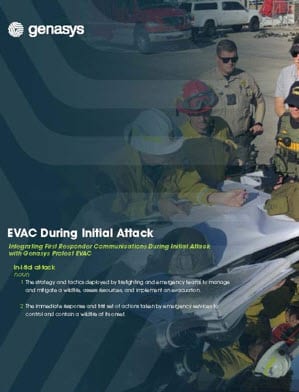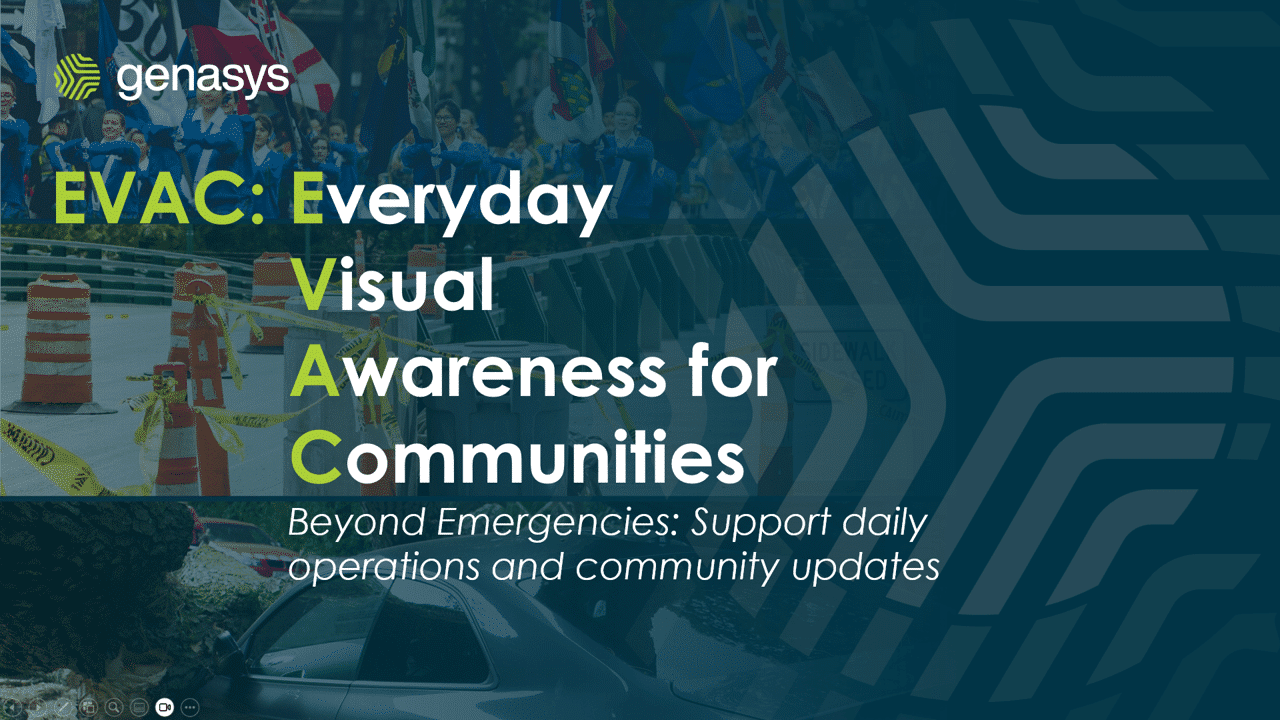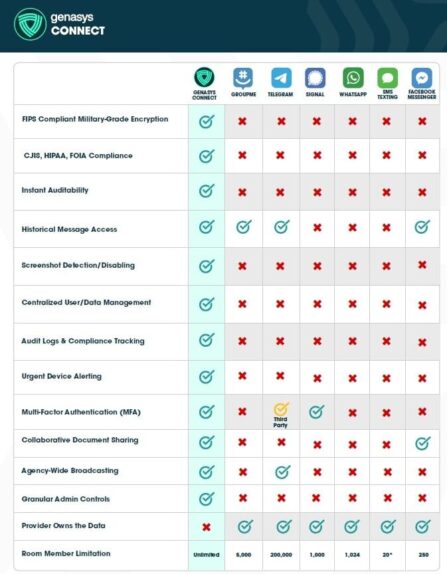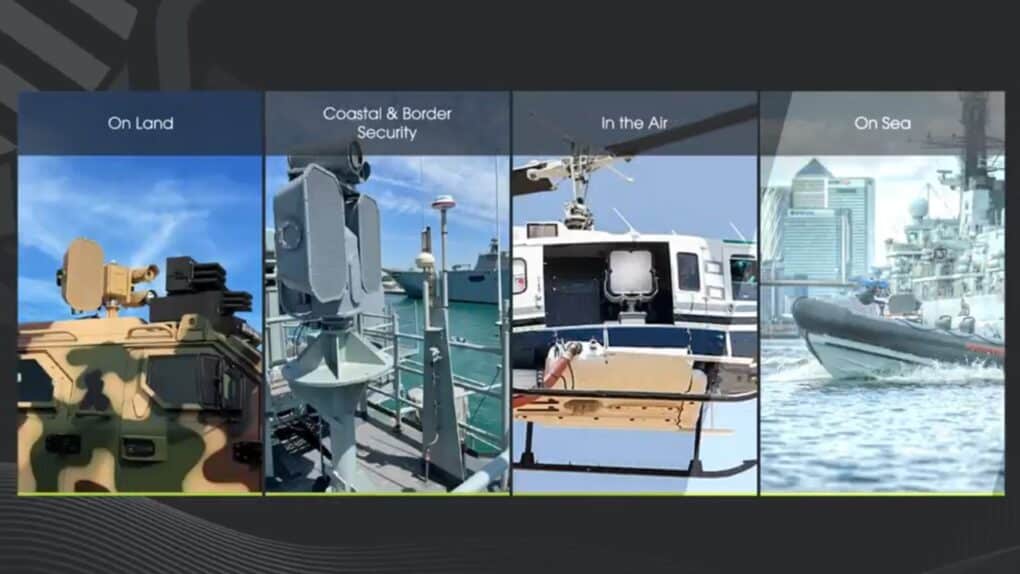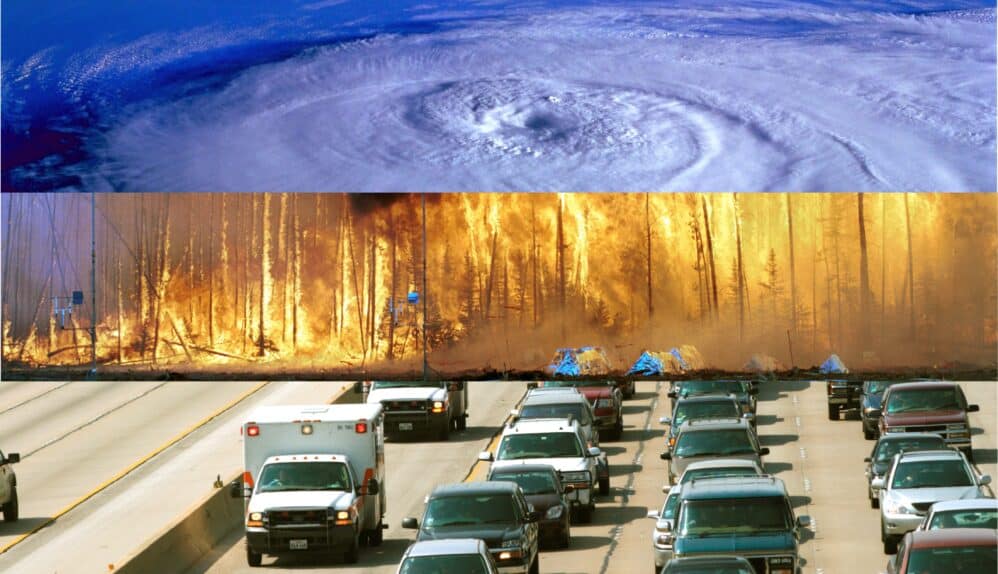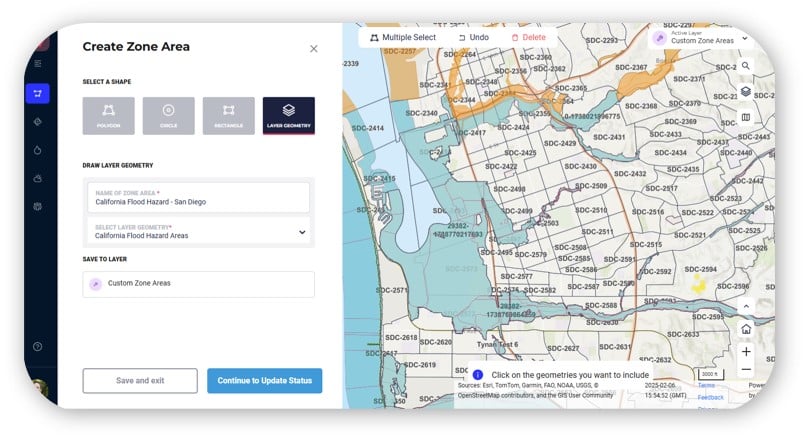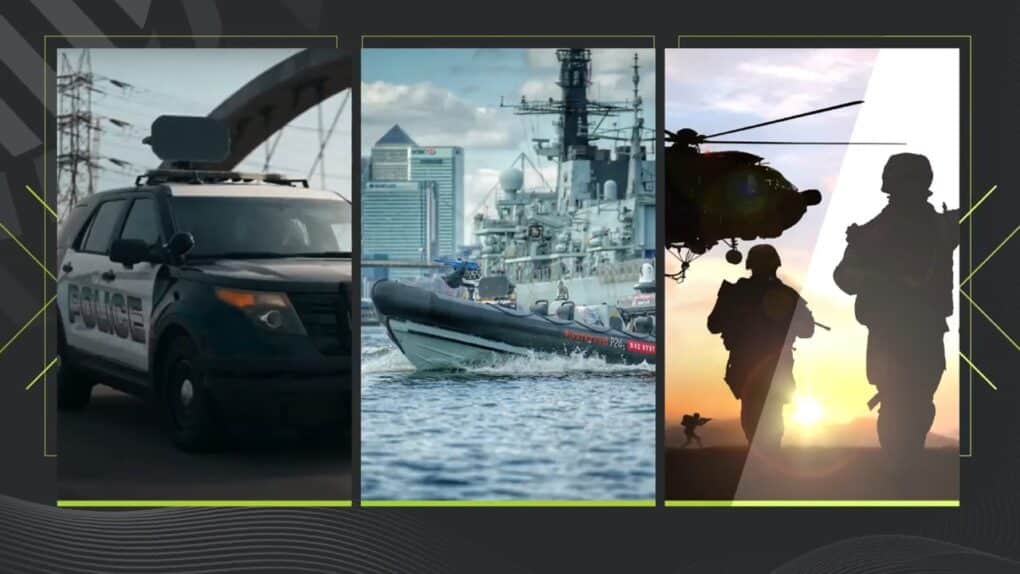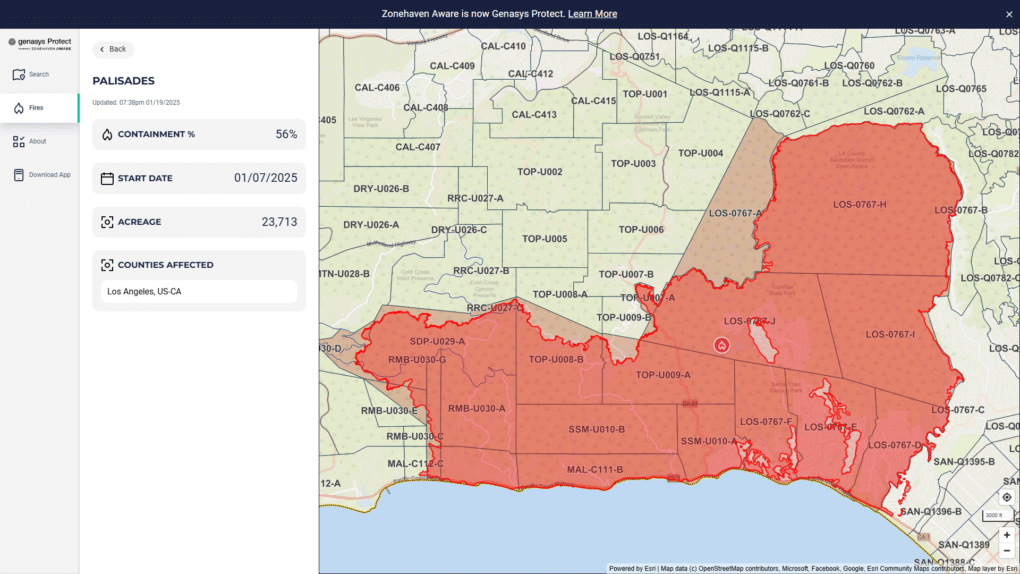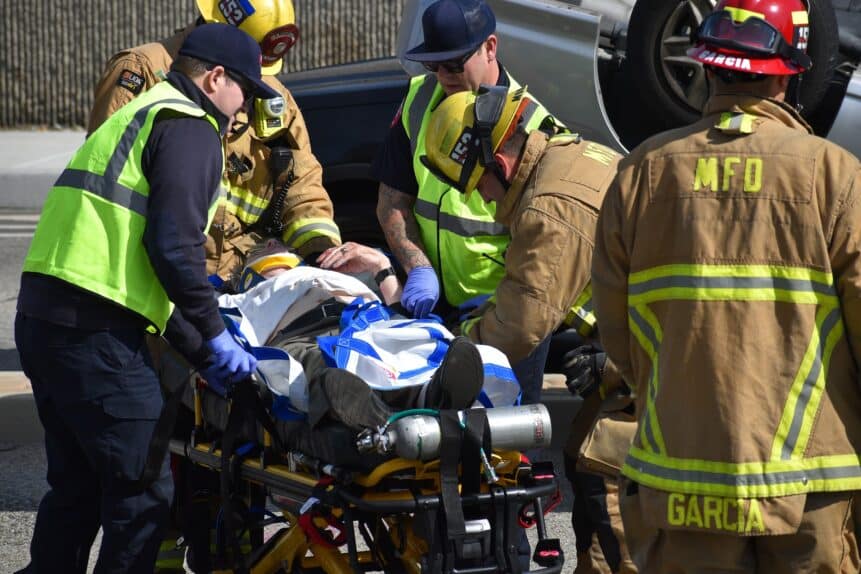By Pedro Candela Terry, Content Marketing Manager
From initial attack and beyond, firefighters stand on the front lines when confronting the dangers of wildfire. Their unwavering dedication often means putting themselves in harm’s way, underscoring the critical need for advanced crisis management tools that enhance firefighter safety and effectiveness in 2025.
The Challenges of Wildfire Management
Wildfires present a myriad of challenges for first responders, from rapidly changing conditions to the unpredictable behavior of the blaze itself. Effective communication, coordination between agencies, and accurate decision-making are paramount in mitigating risks and improving civilian and firefighter safety. In 2025, advanced technology speeds up decision making by presenting necessary information instantly. By speeding up decision making firefighters become a swift response unit that reacts quickly to avoid changes in fire behavior that puts them at risk and gets them to where they are needed ASAP.
The Role of Crisis Management Tools
By improving response effectiveness and planning efforts in 2025, crisis management tools play a pivotal role in enhancing firefighter safety during wildfires. Wildfire and evacuation simulation, a common operating picture, internal and cross agency communication, and effective public outreach all play a role in wildfire response. They improve overall response effectiveness and significantly reduce the risk of firefighters being exposed to dangerous situations, ensuring their safety remains a top priority.
Wildfire and Evacuation Simulation
Disaster simulation allows emergency managers to simulate various scenarios and plan comprehensive responses tailored to specific wildfire events. With today’s tech-forward evacuation software, you can simulate wildfire spread, terrain, weather conditions, and potential evacuation routes to better support responders in anticipating challenges, proactively addressing the resulting issues, and minimizing risks. Event simulation, such as traffic monitoring, further enhances preparedness by providing real-time insights into traffic patterns, allowing for efficient resource allocation. Simulations are especially useful when building response plans that account for a broad spectrum of potential scenarios involving wildfire path, weather, and traffic changes.
Coordination and Collaboration
A Common Operating Picture (COP) provides a unified view of critical information to all stakeholders involved in wildfire response efforts. By ensuring that agencies across different jurisdictions have access to the same real-time data, COP fosters seamless coordination and collaboration, facilitating a more cohesive and effective response across regions.
Combined with secure real-time chat for quick communication within a department or with another agency, first responders and decision makers can act faster than ever before. This increase in speed is crucial to improving safety conditions for first responders on the ground and to getting the community out of harm’s way.
Honoring the Sacrifices of First Responders
As we strive to enhance firefighter safety, it’s essential to acknowledge the incredible sacrifices made by these brave men and women. From battling infernos in treacherous terrain to enduring grueling conditions to protect their communities, firefighters exemplify courage and selflessness in the face of adversity. Just as they go above and beyond to protect their communities, it’s our duty to provide them with the tools and support they need to stay safe and effective on the front lines.
Genasys’ protective communications solutions, was inspired by and built by public safety professionals for the express purpose of saving lives. This state of the art tool significantly enhances firefighter safety during wildfire response efforts. By leveraging advanced technology, including wildfire and event simulation, along with a Common Operating Picture, first responders and emergency managers can mitigate risks, improve coordination, and ultimately, save lives.
Contact Genasys to learn more about our protective communications suite of solutions for 2025


